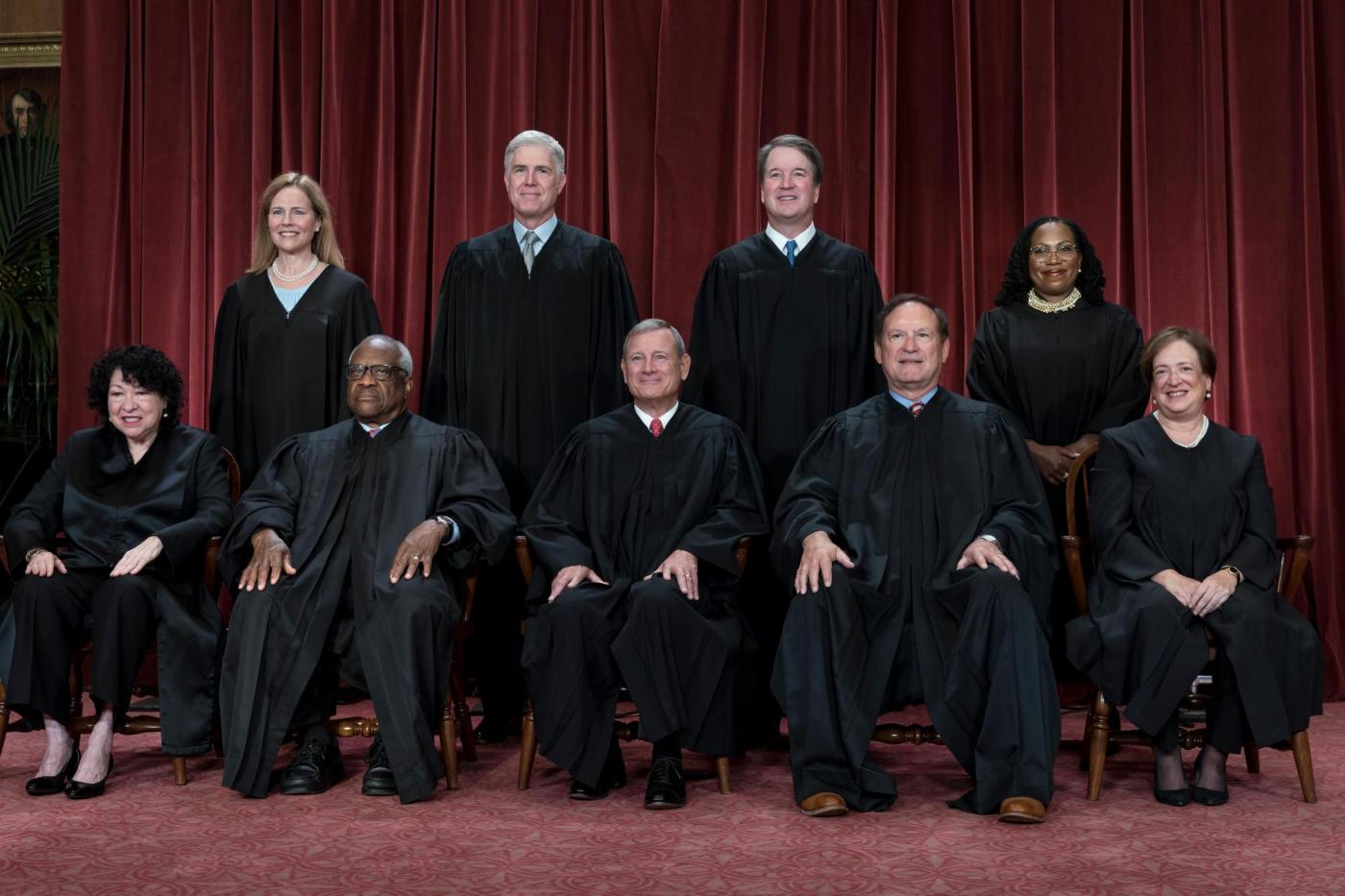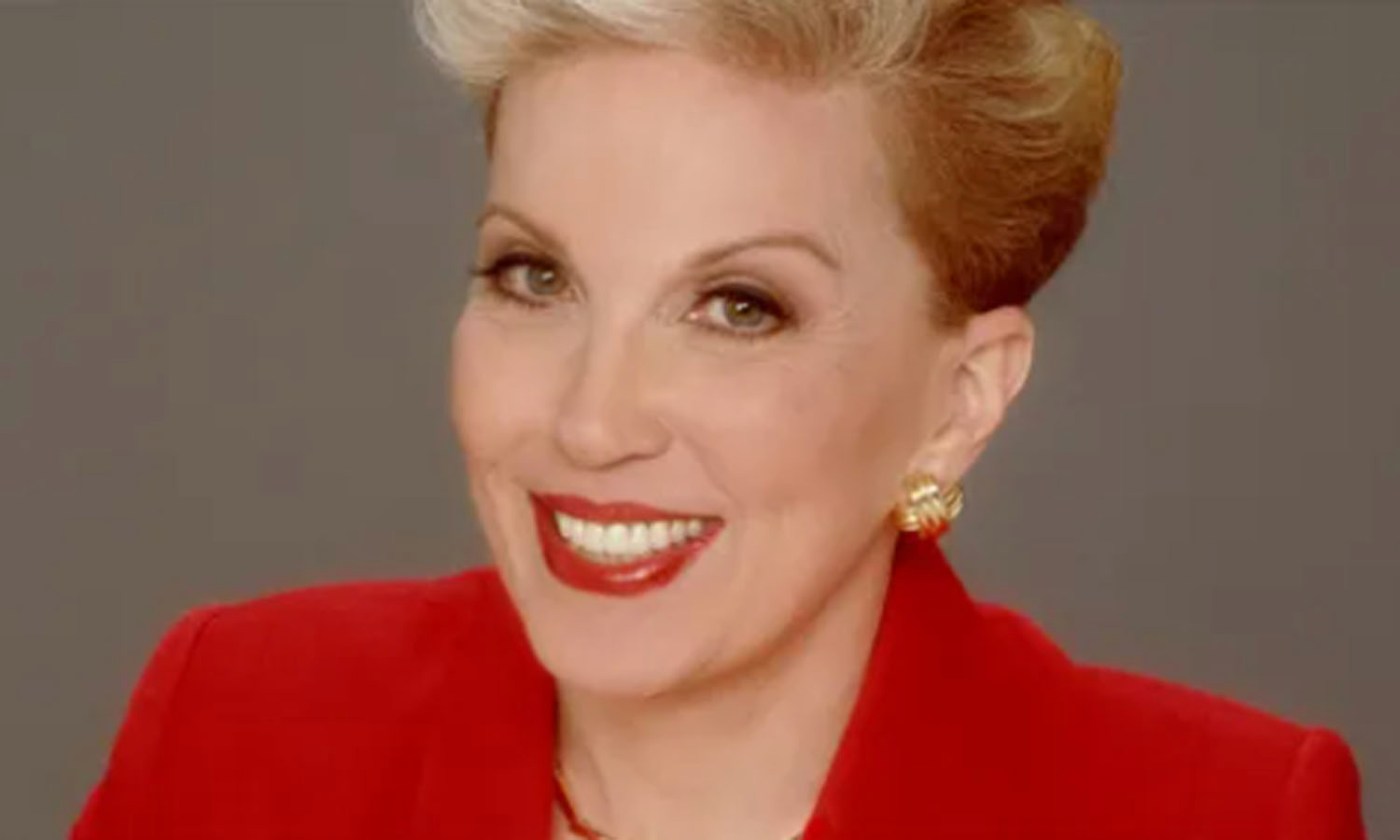Since April 7, the U.S. Supreme Court has granted President Trump emergency relief no fewer than 13 times. It has temporarily blocked lower-court orders that, for example, halted aggressive immigration policies, stopped mass layoffs of federal workers, blocked DOGE access to Americans’ sensitive data and froze plans to limit birthright citizenship.
The court gave little explanation for these rulings but underlying them all is a novel idea called the “unitary executive” theory. It asserts that all executive power belongs to the president alone and that everyone in the executive branch serves at his pleasure. According to this theory, Congress shouldn’t be able to create independent agencies, such as the Federal Trade Commission or the Federal Reserve, whose directors the president can’t easily fire. Furthermore, it says the president doesn’t have to follow laws that protect federal workers from being fired for political reasons and can even remove government watchdogs, such as inspectors general, at will.
This theory is flawed.
Related Articles
Letters: California should be building housing smarter, not faster
Supreme Court clears way for deportation to South Sudan of several immigrants with no ties there
Supreme Court will take up a new case about which school sports teams transgender students can join
Chemerinsky: Supreme Court weakens federal judiciary when it is needed most
Opinion: As July 4 approaches, Supreme Court signs away American democracy
The Constitution sets up each branch of government — the legislature, the presidency and the judiciary — in a separate section. But although the branches are separate, their powers are shared. For example, the president can veto acts of Congress, which gives him a role in the legislative process. Conversely, Congress has the power to make laws for carrying out “all powers vested by this Constitution… in any department or officer.” This authorizes Congress to create rules that shape how the executive branch works.
Historical practice further refutes the idea that the president’s executive power is absolute. In 1790, Congress created an executive agency called the Sinking Fund. Proposed by Alexander Hamilton and signed by President Washington — who both presumably understood the Constitution — this agency managed government finances. However, the president was not permitted to remove its commissioners or act without their approval.
Consider also the famous case of Marbury v Madison. Marbury was appointed by outgoing President Adams as a justice of the peace. When incoming President Jefferson refused to grant him his commission, Marbury sued. If, as the unitary executive theory claims, Jefferson could simply fire Marbury, he would have granted Marbury his commission and promptly sacked him. But Jefferson had no such authority, so he had to defend his action in court.
Finally, in 1935 the Supreme Court unanimously agreed that Congress could create regulatory agencies whose leaders could not be removed by the president without good cause. Now, however, the Supreme Court is poised to invoke the unitary executive theory to overturn this long-standing rule.
The court’s emergency orders are only temporary, pending full hearings in the lower courts. But even if Trump ultimately loses when the cases are finally resolved — which will take years — lasting damage will already have been done. And by pausing the lower court’s injunctions, the court has signaled that it may support him on the merits. Making matters worse, on June 17 the high court ruled that lower courts can no longer issue nationwide injunctions blocking Trump administration policies.
The unitary executive theory is dangerous.
The Constitution designed the three branches of government to share power. Last year, however, relying on this mistaken idea that presidents have unchecked executive authority, the court granted former presidents sweeping immunity from prosecution for illegally exercising their powers. Now, it threatens to kneecap Congress’ oversight role as well. If fully enacted, the only remaining way to stop presidential abuse of power would be through impeachment — a process that is extremely difficult to use.
This theory would expand presidential authority beyond recognition.
Steve Woolpert is professor emeritus of politics at Saint Mary’s College of California.





